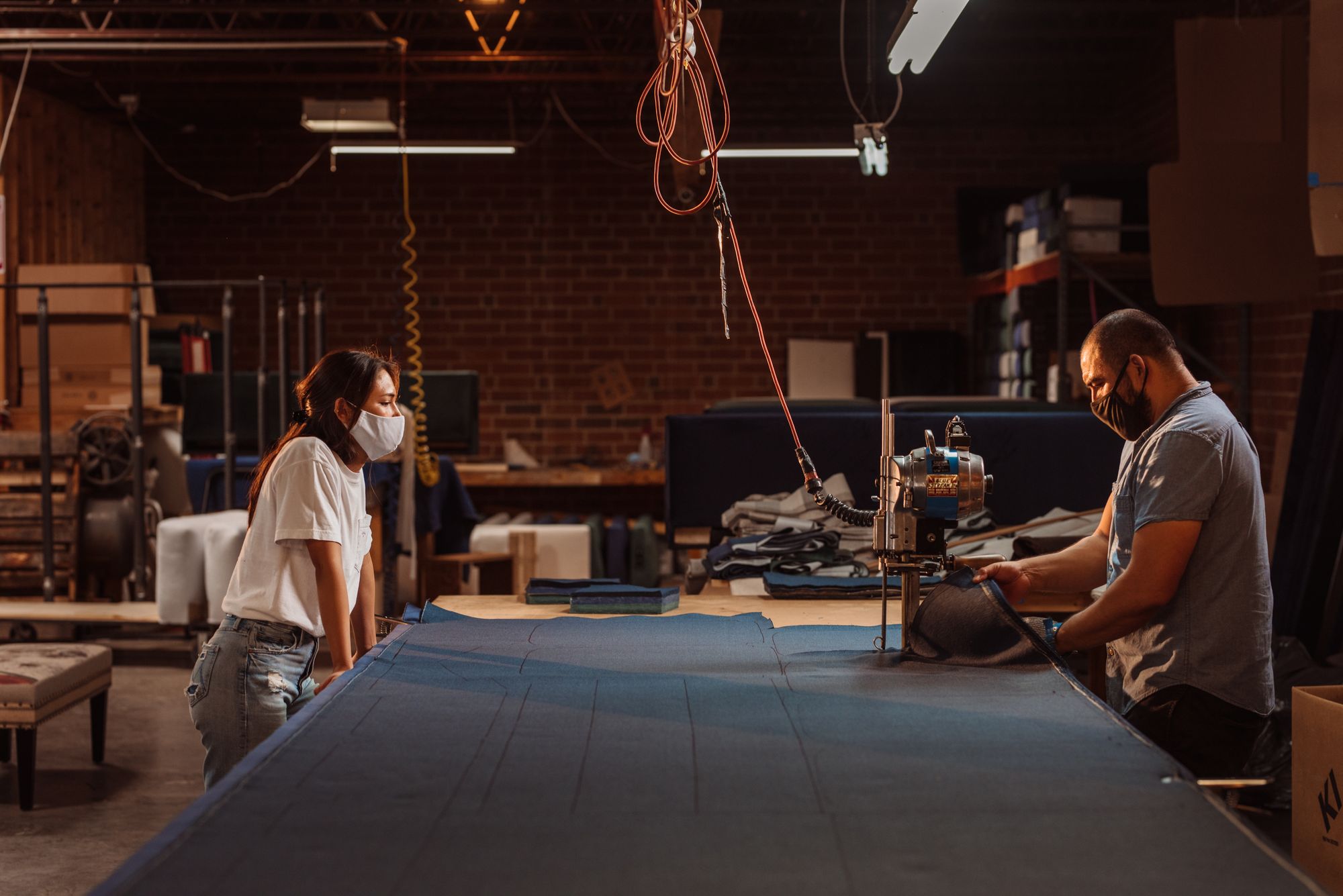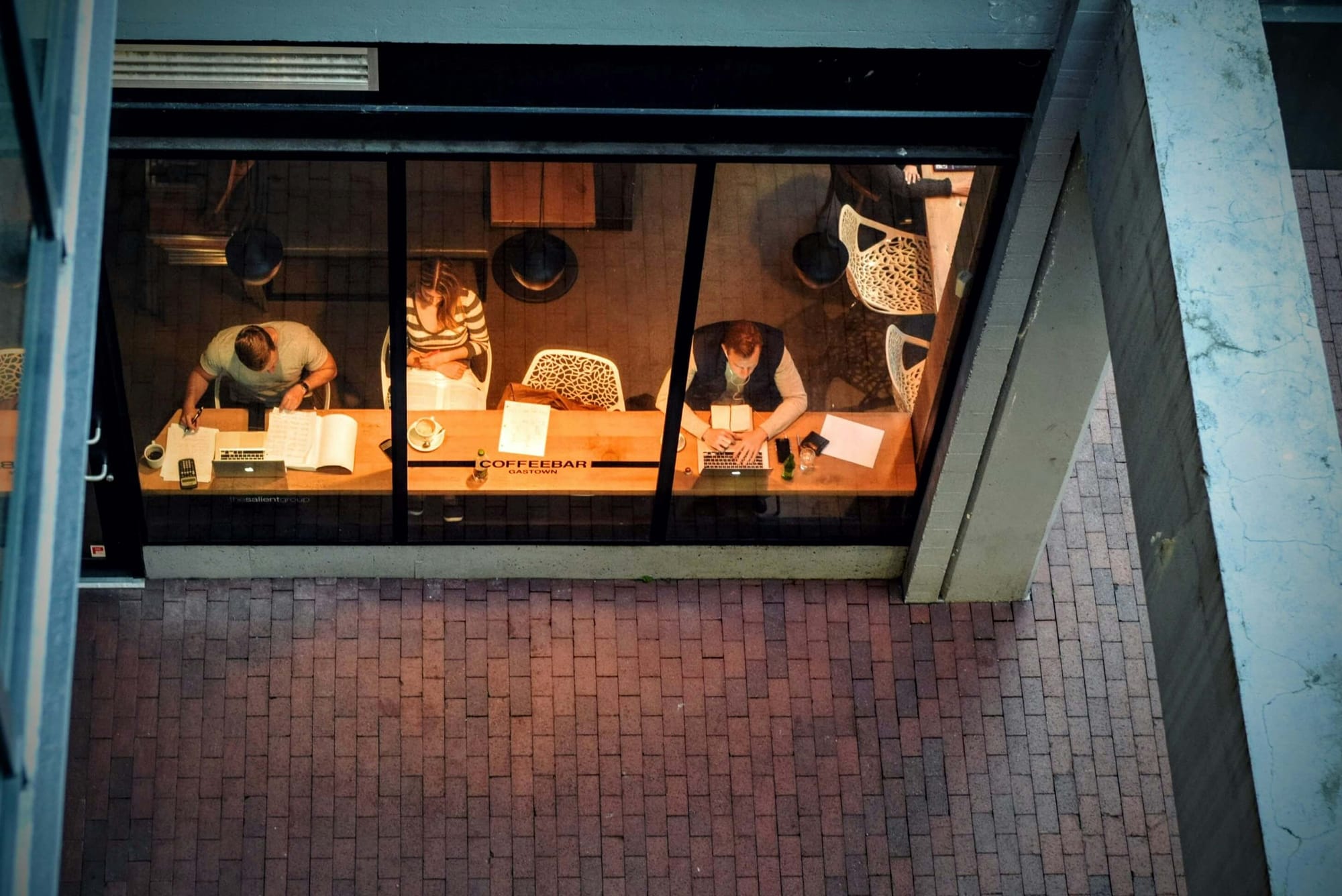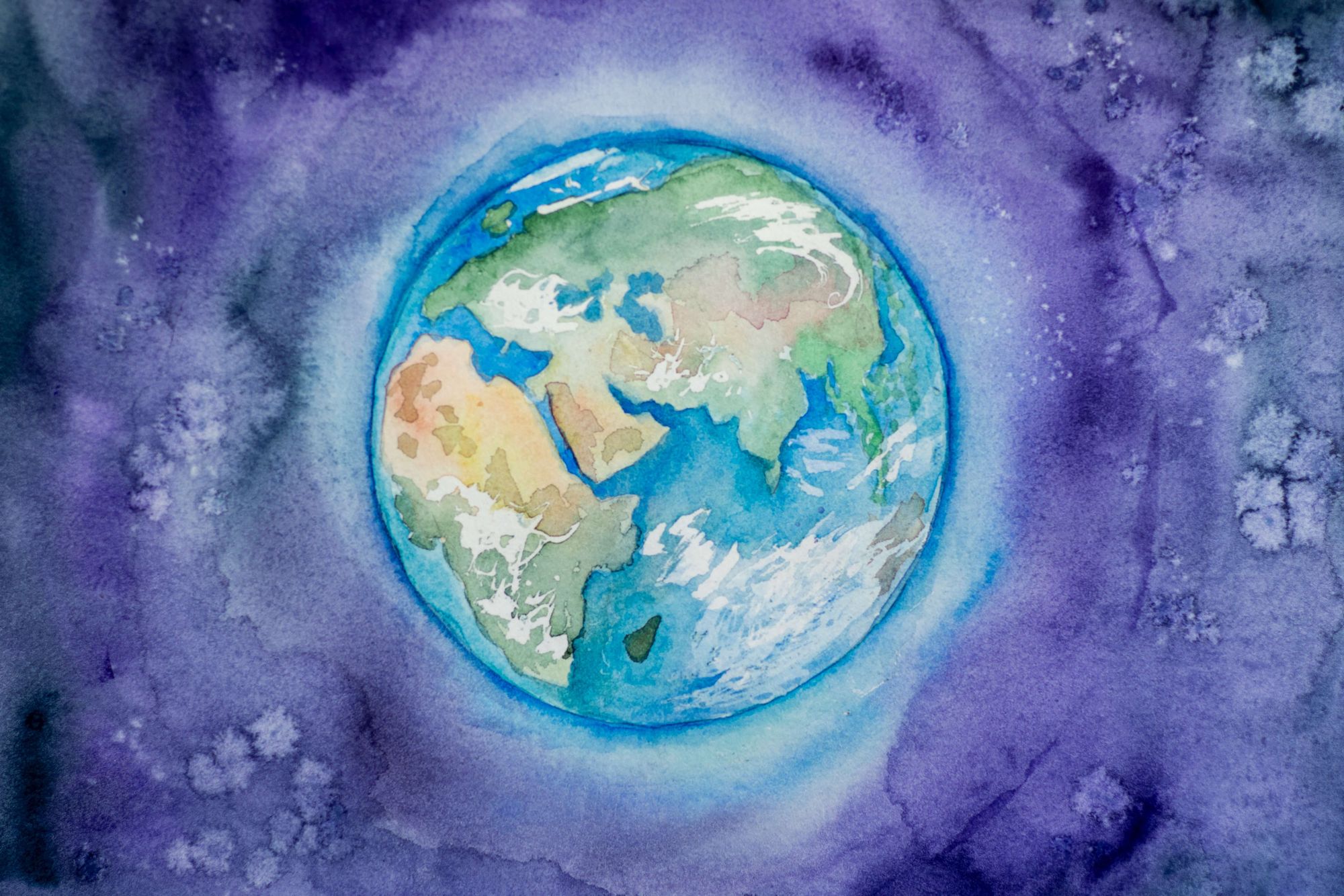
Inside Sabai Design’s Sustainability Approach to Building a Business
Freelance writer + growth coach for freelancers
It’s hard to overstate the importance of furniture in our lives.
We literally live our life on furniture, yet often don’t realize the impact our chosen furnishings have on the planet in terms of chemicals, greenhouse gasses, and material waste.
Phantila Phataraprasit learned about sustainability early in life and wanted to build the kind of sustainable brand she’d be proud to shop at, so she decided to do something about it and co-founded Sabai Design, a sustainable furniture company.
Featuring insights from Buffer’s Small Business, Big Lessons podcast episode seven, and the accompanying unpublished interview, Phantila shared how Sabai got started, what she and her team do to embed sustainability into every business practice, and how she builds trust with the Sabai community.

Starting sustainable
Phantila had a unique experience that drove her toward sustainability: she lived at an eco-lodge that her parents started and ran in Thailand.
That experience showed her how critical sustainability really is not just for business, but for preserving the natural beauty of our world. As a result, Phantila often says she is willing to prioritize sustainability above all else, being willing to pay more and even forgo aesthetic taste in the name of being sustainable.
However, this approach was no longer enough. She valued sustainability, but she also wanted to live the life of her choosing, not dictated by the small supply of “sustainable” items out there. And one area, in particular, stuck out, both from a sustainability and design perspective: furniture.
“Not only do a ton of valuable resources go into making these products but at the same time, every year, over nine million tons of furniture waste ends up in landfills,” said Phantila. “At the same time, a lot of furniture products include toxic materials and chemicals that off-gas and end up in our bloodstreams are also dangerous to people generally.”
An entrepreneur at heart, Phantila wanted to start a sustainable furniture company not just to solve her own problem but also make it easier for others to live more sustainable lives. However, she knew that she had to focus on more than just material sustainability.
“The whole mission behind the company is to think about sustainability as comprehensively as possible,” said Phantila.
In specific, she co-founded Sabai Design with four key outcomes in mind:
Affordability: Sustainability had often been used as a reason to charge higher prices, but Phantila wanted to build a business where items were fairly priced and affordable.
Convenience: Sustainability should not be at the expense of convenience, so the team worked to ensure it was easy to buy and receive their products.
Aesthetic: Products should have a clear aesthetic that is appealing to people versus using sustainability to justify limited aesthetics.
Sustainability: Not just sustainability in the product itself, but the entire business and product life cycle.
“We realized that for most people, if the pieces or products aren't also aesthetically pleasing, affordable, convenient, then sustainability doesn't really matter for them.” said Phantila. “And so, we kind of realized that you can't really ask people to sacrifice on those things if you really want to make an impact.”
Embedding sustainability through every business practice
As Phantila built Sabai Design, she thought consciously about her four pillars of affordability, convenience, aesthetic, and sustainability. In particular, making sure that the entire business acted in accordance with those pillars versus just using sustainability in product development.
Across Sabai’s business, Phantila and the team thought about embedding sustainability.
Design: Every product is built in modular pieces. This means if something breaks or needs to be replaced, it can be done without having to throw out or replace the whole thing.
Shipping: The company tries to minimize the transport required to source and deliver its products, thus reducing greenhouse gasses emitted as a result of business growth.
End of product life: Not only does Sabai manage its own buy-back and second hand sales operation, but it also donates products that don’t sell second hand after three months.
“We definitely do recurring audits or analyses of our products to make sure that there aren't any areas that we're missing out on in terms of being able to limit the impact of our products or incorporate new, innovative materials into our products,” said Phantila.
This mentality is, thankfully, not exclusive to Sabai. Other brands like Paynter Jacket Co also think consciously about waste and sustainability and go about it in innovative ways. In the case of Paynter, the company only releases its jackets four times per year. For Sabai, sustainable growth starts with listening intently to customers. After all, Phantila explained, making things people don’t want will just produce more waste.
“With respect to product design, we do a lot of polls, a lot of survey work to make sure that we're designing and producing products that people actually want because at the end of the day, if we're producing things that people don't want, that's waste in another way,” said Phantila.
Transparency builds trust and business growth
After years of building Sabai, Phantila is keenly aware that sustainability isn’t a big bang. You get things wrong, as she has multiple times. But the key to continuing on the journey, said Phantila, is honesty and transparency.
She gets concerned when she hears of companies that market being “sustainable” because one element of the business is slightly more environmentally friendly than the norm. For her, building with sustainability also means sharing what you’re doing with your community. This ends up being a great community building tool, but Phantila said it’s also about education - she doesn’t assume people know about sustainability throughout entire business models, so she uses Sabai as a working example of how the process looks.
When Sabai misses the mark, Phantila is also honest with her community. While this might seem like the wrong way to build a business, Phantila said it generates a lot of trust and compassion with customers, meaning that they are more forgiving and allow leeway to let the company get back on the right track.
“The amount of transparency that we have with our customers definitely generates a lot of trust, because they understand that we are doing things that are new, that don't necessarily have a roadmap for them, and that we're trying things to improve the impact of our products,” said Phantila. “And so that generates so much goodwill within our community and gives us a lot of space to be honest with them about the things that we're trying and the things that we're trying.”
Try Buffer for free
140,000+ small businesses like yours use Buffer to build their brand on social media every month
Get started nowRelated Articles

In this article, get answers to questions about social media for solopreneurs.

Earth Day is one of the (many) days when businesses can create or reaffirm a commitment to practicing sustainability. Here are some ideas for small businesses looking to highlight Earth Day on Instagram.

TikTok Notes is coming — and the new text and photo-sharing app is not just an Instagram clone. Here's everything we know about the platform so far.